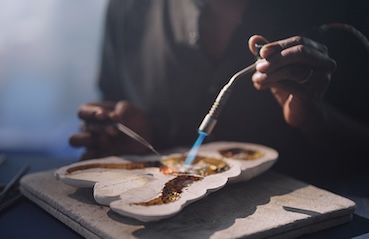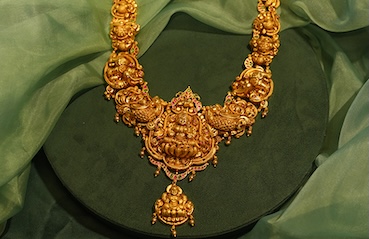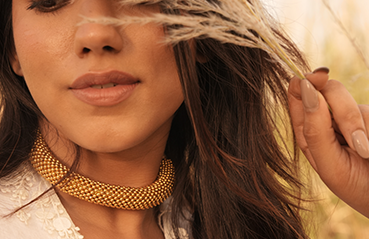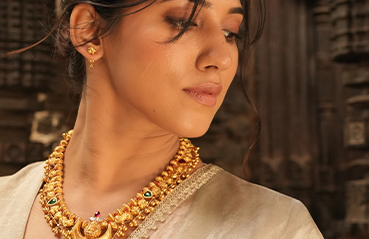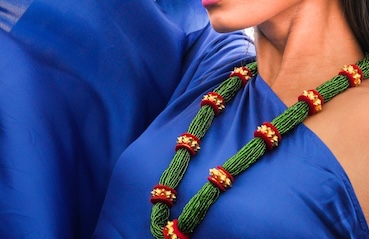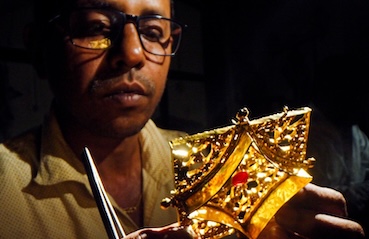Published: 07 Jul 2017
Gold purity and colour guide: What is the difference between 24k, 22k and 18k gold?
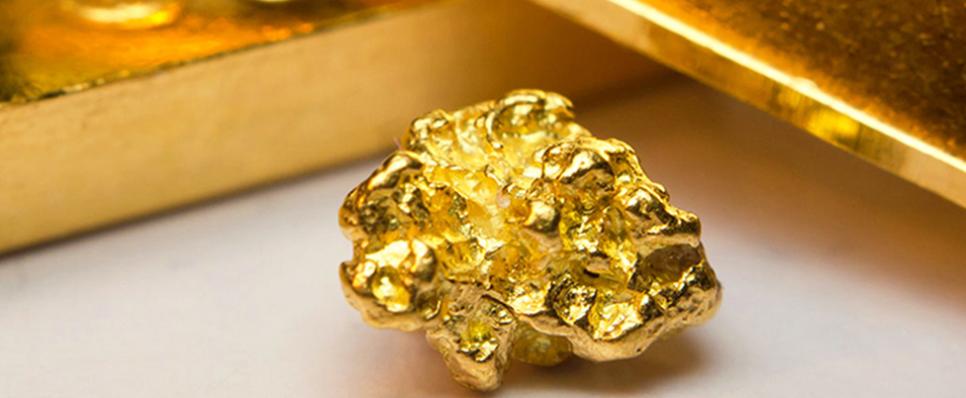
When talking about gold, you must have heard the term ‘karat’. Before you understand the difference between 24 karat, 22 karat, and 18 karat gold, you must get a clearer picture of what the term karat stands for.
Karat is a unit that is used to measure the purity of gold. The higher the karat, the purer the gold.
It essentially means that a sample with a higher karat rating has more gold in it than other metals that may be used as an alloy. Here’s a simple guide to understanding the difference between 24 karat, 22 karat, and 18 karat gold.
24 karat gold
24k or 24 karat gold is the purest form of gold. This means that all 24 parts in the gold are pure gold and do not contain traces of any other metals. 24 karat gold is known to be above 99.5 percent purity and has a distinct bright yellow colour. There is no higher form of gold than 24 karat.
Since this is the purest form of gold, it is naturally more expensive than 22 karat or 18 karat gold. However, the density of this type of gold is far less when compared to gold of a lower karat. With no other metal to strengthen it, 24 karat gold is comparatively softer and more pliable than lower karats. Hence, it is not suited for fine and delicate jewellery styles. You will usually find chunky jewellery designs, and coins and bars if you wish to purchase gold with 24 karat purity. Gold with 24 karat purity is also used in electronics, edibles, and medical devices, such as those used for children suffering from ear infections.
22 karat gold
22 karat gold jewellery generally implies that 22 parts of the jewellery contain pure gold while the balance 2 parts contain some other metal that is used as an alloy along with the gold. Gold that has 22 karat purity is commonly used for jewellery.
In gold with 22 karat purity, out of the 100 percent, only 91.6 percent is pure gold. The other 8.4 percent comprises other metals, such as silver, zinc, nickel, and other alloys. This addition of other metals makes the gold harder, giving gold jewellery greater durability and strength. However, you must know that although 22 karat gold may be used to make plain gold jewellery, it isn’t preferable for manufacturing jewellery designs that are heavily studded.
18 karat gold
18 karat gold is 75 percent gold mixed with 25 percent of other metals, such as copper, silver, etc. 18 karat gold is usually used to manufacture studded jewellery. This kind of gold is less expensive when compared to 24 karat gold and 22 karat gold. Gold with 18 karat purity has a slightly dull gold colour. It’s fairly easy and simple to recognise 18 karat gold jewellery - Now all of 18k, 24k and 22 k jewellery have to be hallmarked so they’ll have the hallmark sign with the purity as 18K750.
In addition, all gold jewellery, whether 14 karat, 18 karat, 20 karat, 22 karat, 23 karat, or 24 karat, is now hallmarked in India as per the BIS guidelines. So, such jewellery sports the purity and finesse symbol; for example, 14K585 for 14 karat gold, 18K750 for 18 karat gold, etc.
What is fineness of karat? How is fineness calculated?
In the West, karat is expressed in fineness. For example, 24 karat gold is generally expressed as 1000 parts out of 1000 pure or fineness 1.000. 22 karat, on the other hand, is expressed as 22 divided by 24, multiplied by 1000, which will give you a fineness of 0.9166. Meanwhile, gold that has 20 karat purity is 20 divided by 24, multiplied by 1000, which is 0.833 fineness. Similarly, 18 karat, when calculated according to the method mentioned above, is 0.750 fineness.
The different colours of gold
24 karat gold has the natural warm colour of pure gold. The colour of gold with 24 karat purity cannot be changed without adding another metal, which in turn adulterates its purity. However, gold with a purity of less than 24 karat can be made in different colours by using different metals and changing the composition of the alloy in the making of the jewellery.
Adding other metals to gold has been an age old practise to get the desired colour and strength. Pink or rose gold, for example, is made by adding more copper to the alloy composition of the gold. In the same manner, green gold has more zinc and silver content while white gold contains more nickel. Surface colour can also be given to gold articles by means of electro-plating. However, this can only be a surface finish, which means it will wear off over a period.
To summarise, gold with 24 karat purity contains 24 parts pure gold, while 22 karat gold has 22 parts gold and 2 parts of other metals that are added as an alloy. On the other hand, 20 karat gold contains 20 parts gold with 4 parts of other metals added to it. Meanwhile, 18 karat gold contains 18 parts pure gold with 6 parts of other metals added to it.
In the West, the purity of gold is expressed in fineness. For example, 24k gold is expressed as 1000 parts out of 1000 pure or fineness 1.000. Similarly, 22k is expressed as 22 divided by 24, multiplied by 1000 which will give you a fineness of .9166, and 20 karat is 20 divided by 24 multiplied by 1000 which is .833 fineness, whereas 18 karat is .750 fineness.
If you are planning to buy gold with the intent of investment, it is always advisable to opt for 24 karat gold in the form of coins or bars, or even digital gold, gold ETFs, etc., as they have higher resale value.
Buyer's tip
24 karat = 100% gold or pure gold
23 karat = 95.8% gold
22 karat = 91.6% gold
20 karat = 83.3% gold
18 karat = 75.0% gold
14 karat = 58.3% gold
12 karat = 50.0% gold
10 karat = 41.7% gold
Related article
